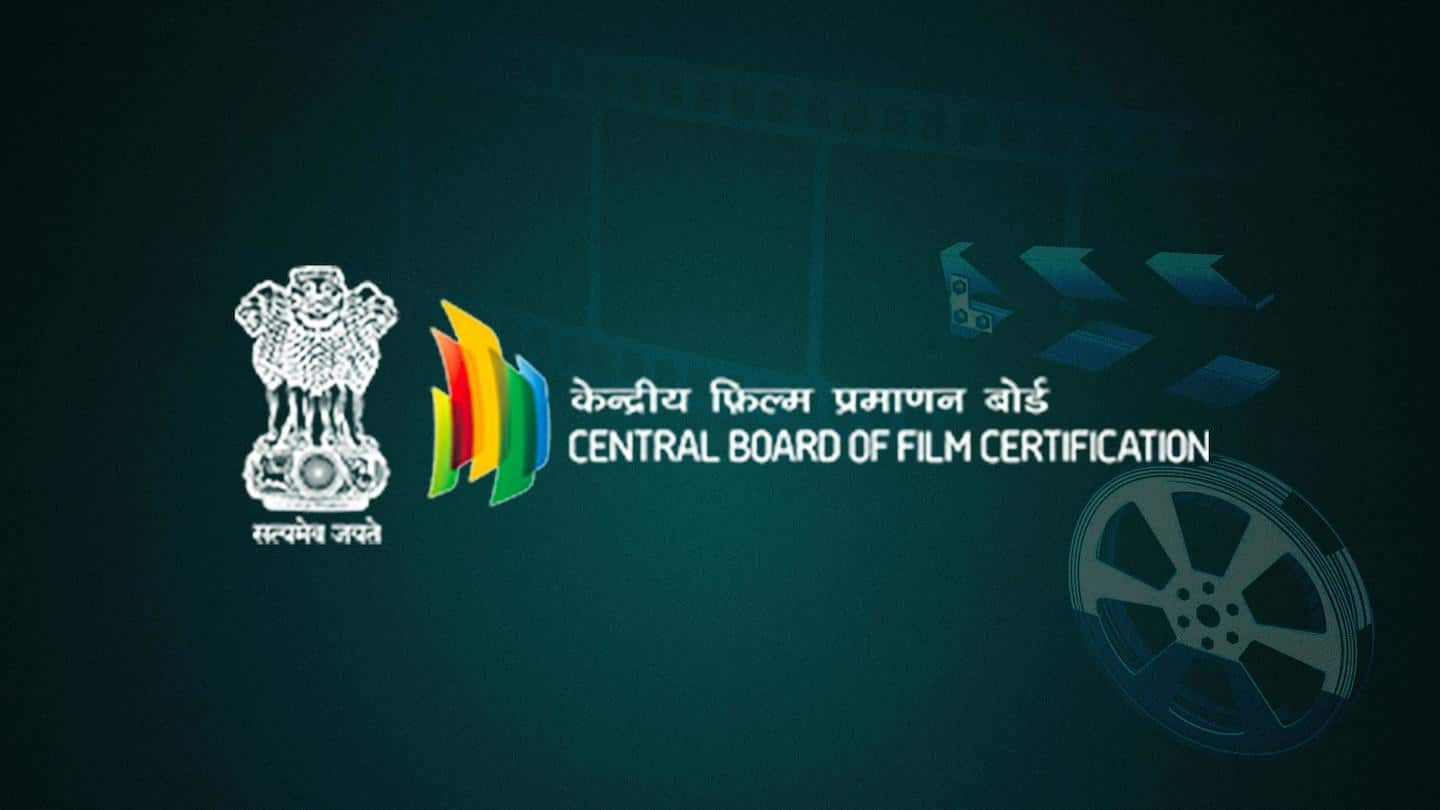#NewsBytesExplainer: Wondering how censor board works? Know everything about it
What's the story
Ahead of every film's release, it's mandatory for the makers to submit the film to the Indian censor board, now known as the Central Board of Film Certification (CBFC).
CBFC—which is graced by several noted names from the Indian film industry—provides certifications to each movie based on its content and, at times, also trims down scenes as needed.
Let's dive deeper into its mechanism.
History
Let's turn back the clocks and look at its history
CBFC was established in 1952 under the Cinematograph Act.
Its aim is to "certify, by means of screening and rating, the suitability of feature films, short films, trailers, documentaries, and theater-based advertising for public viewing."
Considering India is one of the largest producers of films and releases cinema in numerous languages, it's unsurprising that CBFC reportedly previews and assesses about 13,500 items annually.
Information
Do only Indian films need a certification?
All films, no matter their country of origin or their language, have to be first submitted to CBFC, which certifies the runtime, chops off or suggests changes to any "indecent" or "inappropriate" scenes, and then clears the way for the movie's release in India.
Categories
What do the four categories on a film's certificate mean?
There are four categories that can be assigned to a film.
These are 'U,' 'A,' 'UA,' and the lesser-known and sporadically used 'S.'
'U' refers to unrestricted public exhibition, while 'A' implies that the movie can be viewed by 18+ adults only (films with steamy love scenes or gore, usually).
'UA' implies "parental guidance for children below 12," while 'S' is for "selected audience."
Information
Know more about the 'S' certificate
The 'S' certificate stands for "restricted to special classes." By definition, this means that there are only "certain members of society" who are allowed to watch the film. These include, but are not restricted to, doctors and scientists. Regular cinemagoers can't access it.
Offices
CBFC has offices spread across the country
The CBFC is spearheaded by a chairperson and aided by 25 other members who streamline the process.
The members hold the position for two years, though they can also be re-inducted into the office.
With its headquarters located in Mumbai, CBFC also operates through nine offices scattered across the nation.
These are situated in New Delhi, Kolkata, Bangalore, Hyderabad, Guwahati, Cuttack, Chennai, and Thiruvananthapuram.
Documents
There are numerous documents required for film certification
All makers must complete a full-fledged process to get their films certified.
This majorly includes filling out an online application form, uploading a synopsis, credit lyrics, typed lyrics of the songs with locations, and duration of the cinematic offering.
Makers are also asked for an online fee, shooting script, title registration letter, public clearance certificate, and details of changes (as and when applicable).
Process
After preview, members submit a written report to the chairperson
Once a film has been previewed, it's mandatory for the members to "give a report in writing about [their] recommendations about the deletions and/or modifications and the certificate the film should be given."
Once this is done, the chairperson "asks the regional officer to initiate further procedures."
Currently, writer-lyricist Prasoon Joshi is the chairperson and has been in this position since 2017.
Do you know?
Here are some luminaries who have been the chairperson
CS Aggarwal was the first chairperson of the Censor Board and held the office between 1951 and 1954. Over the years, several well-known people have graced the position, such as Hrishikesh Mukherjee (1981-1982), Asha Parekh (1998-2001), Anupam Kher (2003-2004), and Sharmila Tagore (2004-2011).
